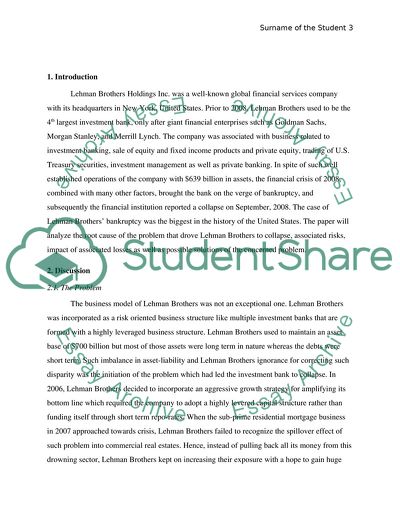Cite this document
(Lehman Brothers Term Paper Example | Topics and Well Written Essays - 1500 words, n.d.)
Lehman Brothers Term Paper Example | Topics and Well Written Essays - 1500 words. https://studentshare.org/finance-accounting/1859433-lehman-brothers
Lehman Brothers Term Paper Example | Topics and Well Written Essays - 1500 words. https://studentshare.org/finance-accounting/1859433-lehman-brothers
(Lehman Brothers Term Paper Example | Topics and Well Written Essays - 1500 Words)
Lehman Brothers Term Paper Example | Topics and Well Written Essays - 1500 Words. https://studentshare.org/finance-accounting/1859433-lehman-brothers.
Lehman Brothers Term Paper Example | Topics and Well Written Essays - 1500 Words. https://studentshare.org/finance-accounting/1859433-lehman-brothers.
“Lehman Brothers Term Paper Example | Topics and Well Written Essays - 1500 Words”. https://studentshare.org/finance-accounting/1859433-lehman-brothers.


